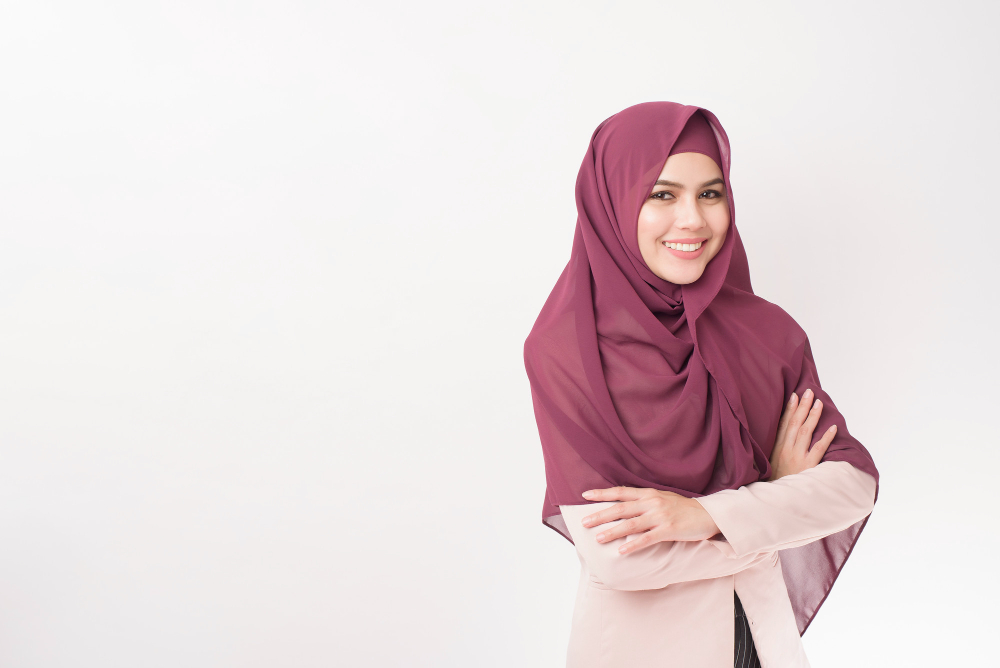History and Meaning of Women's Headwear in Islam
Niqab, hijab, sheila, amira – these words are increasingly heard in the news, causing debates and discussions. About what types of women's Muslim headdresses there are and their modern meaning – in the material of "FederalPress".
What kind of headdress do Muslim women wear?
Wearing headdresses by women in Islam has deep historical roots and religious significance. The Koran and Hadith (traditions about the words and actions of the Prophet Muhammad) contain instructions on the need to observe modesty and chastity, including in clothing. Headdress is one of the most important elements of a woman's wardrobe, symbolizing submission to the will of Allah and respect for religious traditions.
In different historical periods and in different regions of the Muslim world, their own traditions of wearing headdresses developed. Some of them, like the hijab, became universal, while others, like the niqab, are common in certain countries and cultures.
What is niqab
The niqab is a women's head covering that covers the face except for the eyes. It is common mainly in the countries of the Arabian Peninsula and some regions of North Africa. The niqab has a long history, dating back to the pre-Islamic era, when women wore abaya to protect themselves from the sun and sand.
In Islam, the niqab has become a symbol of modesty and chastity, as well as a way to protect women from immodest glances. However, wearing it is not mandatory for all Muslim women, and attitudes towards it vary in different countries.
There are several types of niqab, differing in material, color and style.
- Full niqab: covers the entire face, leaving only a narrow slit for the eyes.
- Half niqab: covers the lower part of the face, leaving the eyes and forehead open.
- Niqab with mesh: has a mesh insert in the eye area, providing better visibility.
Other types of Muslim headdresses
There are many other types of head coverings worn by Muslim women around the world:
- Hijab is the most common type of headdress, which is a scarf that covers the head and neck.
- Sheila is a long rectangular scarf that is wrapped around the head and shoulders.
- Amira - consists of two parts - a cap that covers the hair and a scarf that wraps around the head and neck.
- Khimar is a long scarf that covers the head, neck and shoulders, but leaves the face open.
- A chador is a veil that covers the entire body, including the head and face.
Each of these headdresses has its own characteristics and traditions of wearing, associated with the culture and customs of a particular region.





Comments